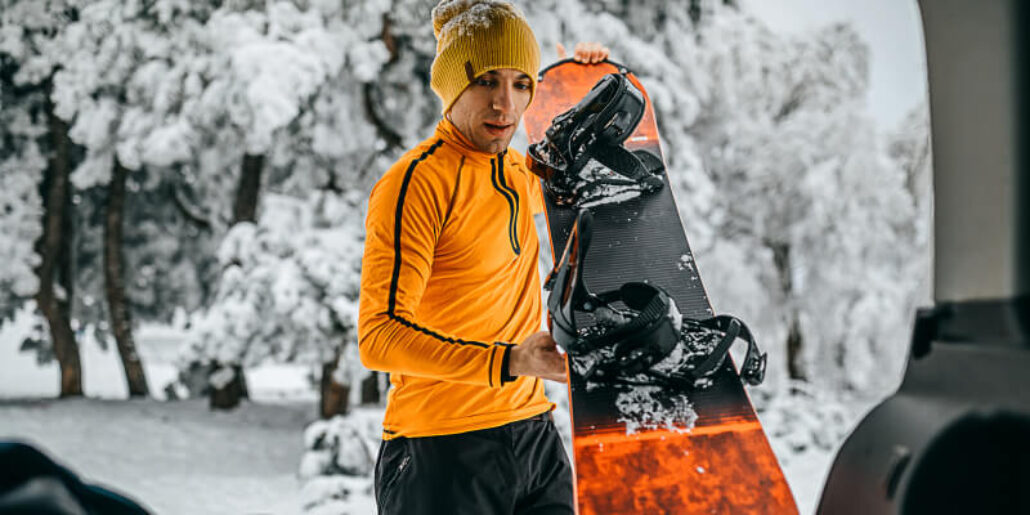Summit Orthopedics hand surgeon Lauren Smith, M.D., shares some of the most common upper body snowboarding injuries she sees, and what to do if it happens to you.
It has been a snowy winter so far in Minnesota. All of those snowy days are great news for winter sports enthusiasts like snowboarders and skiers. But some unlucky folks will get injured out on the slopes. We asked Summit Orthopedics hand surgeon Lauren Smith, M.D., to share some common upper body snowboarding and skiing injuries she has been seeing lately, as well as tips on avoiding them.
“Lots of people have been coming in with broken bones because of snowboarding or skiing accidents,” Dr. Smith said.
Common snowboarding or skiing injuries
Elbow fractures
Although they’re relatively rare in day-to-day life, broken elbows are a common injury in snowboarding. “It’s especially common among young people as a result of falling the wrong way,” Dr. Smith said.
Falling on an outstretched hand or elbow, as you’d do if you were trying to catch yourself, can result in an elbow fracture. Surgery is often needed to stabilize the joint, particularly if the distal humerus is broken. In other cases, the elbow will heal without surgery. In most cases, patients will wear a custom hinge brace or splint until the bones heal.
The rehabilitation process after surgery is absolutely crucial to having a good long-term outcome, Dr. Smith said. “Once the fracture is repaired, the patient needs to get moving as soon as possible, as long as the fractures are stable. Regular physical therapy, combined with daily exercises to work on range of motion, can mean the difference between full function and a lot of stiffness long term.”
Wrist fractures
Broken wrists are another upper body snowboarding injury that is very common, according to Dr. Smith. Treatment options tend to vary by age.
- In kids, whether or not a broken wrist needs surgery depends on how close the break is to the growth plate and how displaced it is. Nondisplaced fractures that don’t involve a growth plate may heal well with just a cast, while breaks involving the growth plate or in cases where the edges of the bone are no longer in alignment would likely need surgery.
- In adults, the question of whether a wrist fracture requires surgery depends on whether the fracture involves the joint, how close it is to the joint, and how displaced it is. If the bones are well aligned and there is no fracture in or near the joint, a cast may be all you need.
How to avoid an elbow or wrist fracture while snowboarding or skiing
Next time you’re out on the slopes, keep these tips in mind to avoid a snowboarding or skiing injury to your wrist or elbow:
- Wear wrist guards for extra stability and support.
- Take a few snowboarding or skiing lessons to learn how to fall safely.
- Keep your body as low to the ground as you can while snowboarding or skiing.
More Tips and Resources for you
- Looking to excel in hockey? Learn the about the top 5 hockey exercises for speed, power, and control.
- Learn more about how to avoid hockey overuse injuries
- Did you know that cold weather may impact arthritis?

